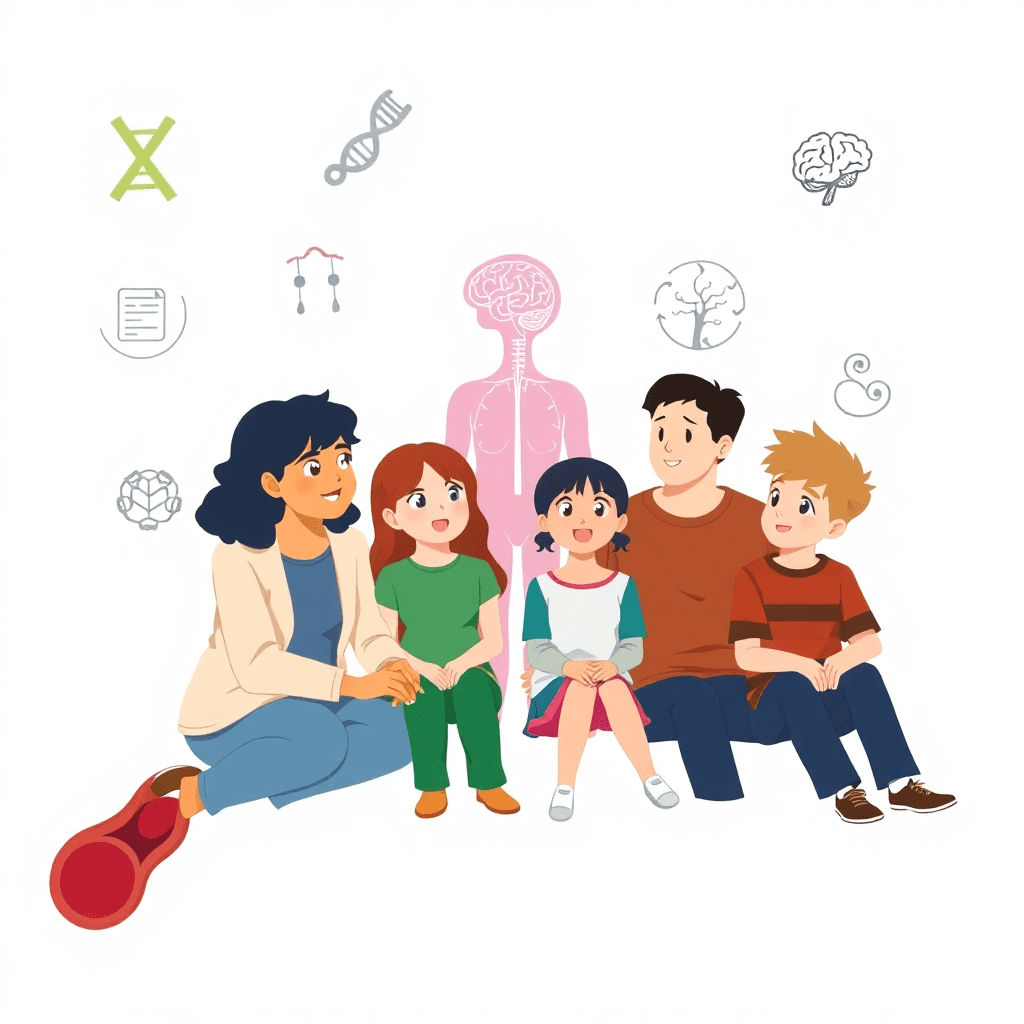Collectively, rare diseases are not rare:
- Worldwide, over 300 million people are living with a rare disease.
- More than a billion people are impacted by a rare disease when considering the effects of the disorder on families.
- The majority (80%) of these disorders result from genetic causes.
- 70% manifest during childhood.
- 95% have no approved treatment. (Lancet (12) 2024: e341).
- The number of disorders assessed in newborn screening tests varies widely across countries, typically testing a handful up to around 50 different disorders where testing is available.
- Early detection and management reduces complications and increases the quality and duration of life.
For most of the more than 7000 rare disorders that are not detected by screening, obtaining an accurate diagnosis takes on average 6 years with an estimated associated cost of over $500,000 per patient over that time-period (everylifefoundation.org).

Data analytics can accelerate diagnosis and more quickly provide patients and their families the life-extending and life-improving management they need. The likelihood of individual disorders can be categorised based on patterns of symptoms, blood values, and other metrics. This can rapidly identify high-risk patients and the most likely disorders that they should be tested for. A similar approach is utilised in pre-natal screening in developed countries.
Detection is the first step. Treatments are also desperately needed for the majority of these disorders, and data-driven strategies have the further potential to reduce the costs of bringing novel therapies to fruition.